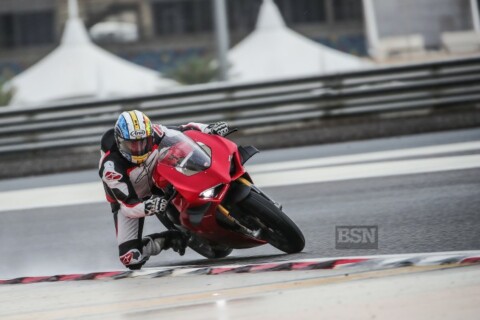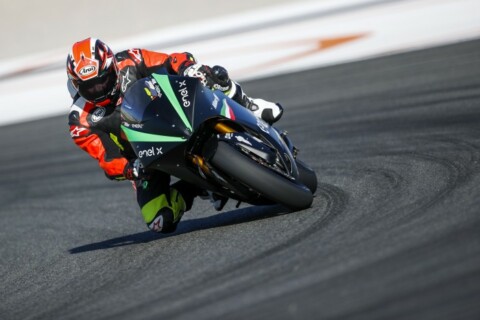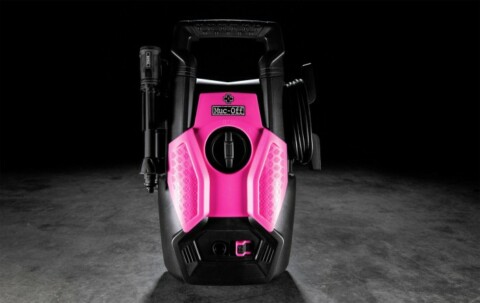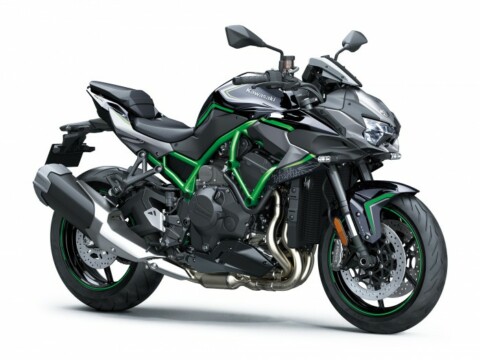Who doesn’t like forced induction engines? Turbos and superchargers are the best (only?) way to increase engine power by tens or hundreds of per cent, and the ones we’ve ridden over the years have been, without exception, the biggest barrels of laughs around.
But blown motors aren’t just for drag racers and extreme power junkies. As seen on cars, they’re also a great way to get more power from a smaller motor, and hence cut fuel consumption and emissions. The thinking is simple: a two-litre inline four with a turbo can make as much peak power as a four-litre V8, yet when you’re sitting idling in traffic, it only puts out the emissions of a two-litre four. And when you’re pootling to the shops, again, there’s much less wasted fuel.
Bikes have been immune to this sort of thing - so far. But state rules on emissions and fuel economy are coming, and they will probably end up with forced induction on smaller, duller bikes, as a way to get big bike performance from a middleweight engine, or mid-range output from a small-bore lump.
Which gets us (finally - Ed) to the point. When we were at the Milan show last month, we came across this interesting thing. It’s an ‘impulse drum charger’, fitted to a KTM RC390, and it could be the answer to those small-bore, low-output, low-budget designs. The idea is simple - exhaust pulses from the engine come down the exhaust header, and into a large flat ‘drum’, or chamber. Across the centre of the drum is a flexible diaphragm, which moves in and out when the exhaust pulses hit it. On the other side of the diaphragm is another chamber, with a system of reed valves on the intake, and the outlet, feeding into the engine’s inlet manifold. As the exhaust pulses move the diaphragm in and out, it sucks in air on the other side through the reed valve, then pushes it into the inlet manifold at slightly increased pressure.
It sounds like it wouldn’t be much in terms of boost - and indeed, if you want a 500bhp fire-breathing drag racer, you’ll probably still need a traditional blower. But for a low-pressure, economy-minded powerplant, it looks promising. There’s no need for complex lubrication systems, or drive belts, or hardcore welded-up manifolds. The exhaust gasses have cooled down a fair bit by the time they get to the charger, so it can use relatively cheap materials - plastics and rubber. That means it’s very light too. Maintenance should be minimal, and failure should be limited to worn diaphragms at worst.
The designers - Alter Ego Hardware - had a dyno chart on show, which is quite intriguing actually. Ten per cent more peak power on the RC390 isn’t to be sniffed at, for the sake of a few kilos of plastic and some extra pipework. On the downside, it takes up a fair bit of space, and isn’t the most attractive thing to have hanging off the side of your bike…
More on the IDC, with cunning video, at Alter Ego’s website: http://www.alterego-hardware.com/1-supercharger.html










